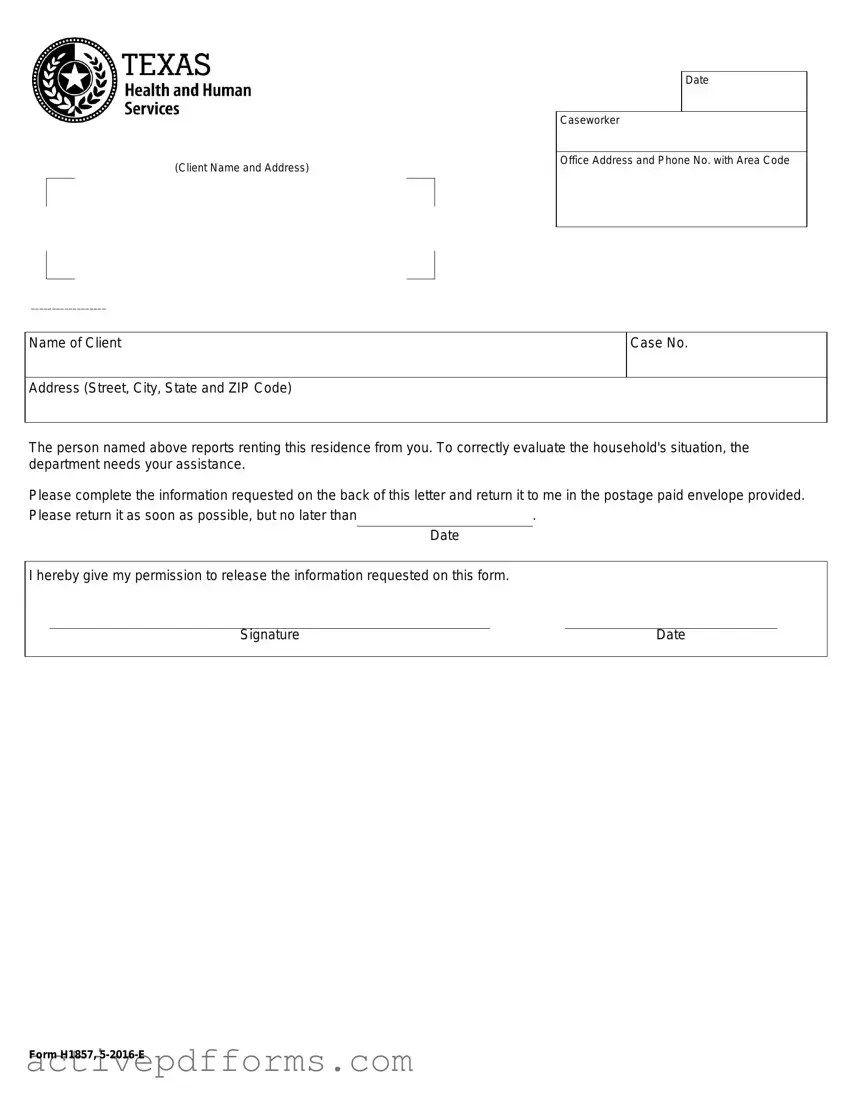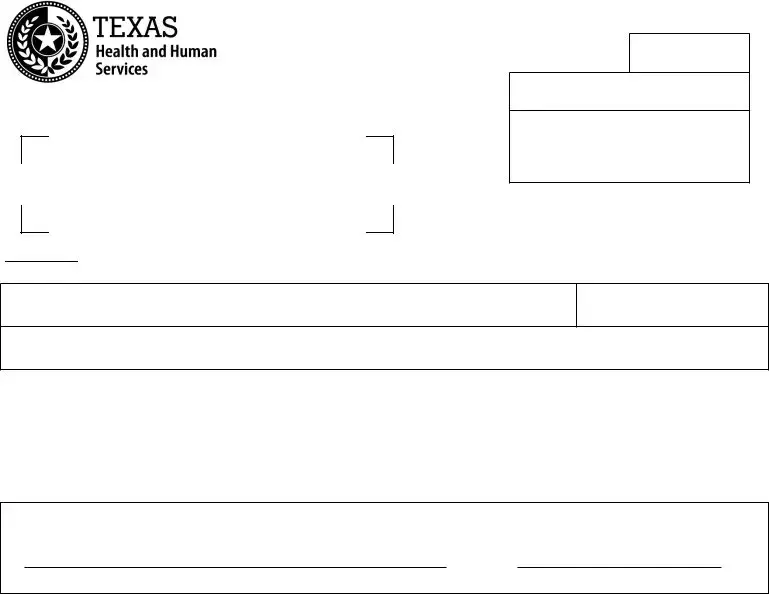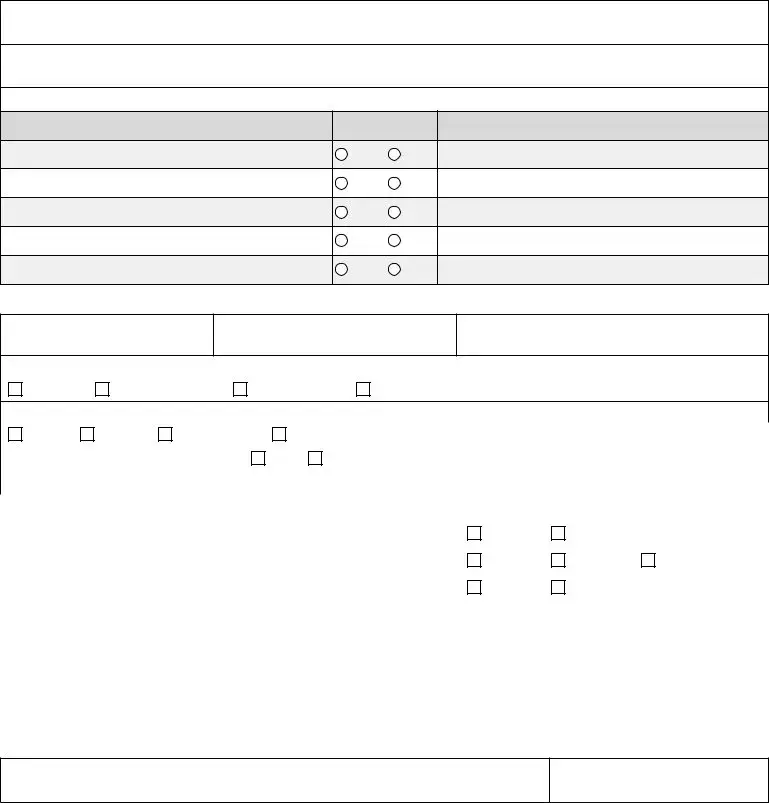Understanding the complexities and necessities of housing verification in social services involves grappling with various forms and documents, amongst which the H1857 form plays a crucial role. This form, formally known as the Landlord Verification Form, serves as an indispensable tool for caseworkers in assessing the living arrangements and associated details of individuals seeking assistance. It requires landlords or their representatives to provide comprehensive information on the tenant's housing situation, including the move-in date, the number of occupants, rent payment details, and utilities responsibility. With sections dedicated to verifying tenant information, rent specifics, utility payments, and the landlord’s acknowledgment, the form ensures that the department evaluating the household's needs has a clear picture of the applicant's living expenses and conditions. The requirement for the landlord to complete and return this form, coupled with the tenant's consent for the release of this information, underscores the collaborative effort between tenants, landlords, and caseworkers in facilitating the process of verification. Through this form, not only is the assessment of needs made more efficient, but it also aids in ensuring that the support provided by social services is accurately aligned with the household's necessities.


